Disclosure: This article contains affiliate links. We may earn a commission from purchases at no extra cost to you, which helps our travel content.
When I first arrived in Kuala Lumpur with my camera bag slung over my shoulder, I was immediately struck by the city's visual duality. Modern skyscrapers pierce the tropical sky while colonial architecture and vibrant street markets pulse with life below. As an engineer who sees the world through both technical and artistic lenses, I found KL to be a photographer's playground of contrasting textures, colors, and perspectives. Over seven budget-friendly days, I mapped out the most captivating spots that showcase this dynamic Malaysian capital. ¡Vamos a explorar! Let's explore my top 12 Instagram-worthy locations that will make your followers stop scrolling.
Iconic Architecture: Engineering Marvels Through the Lens
As a renewable energy engineer, I'm naturally drawn to architectural innovation, and KL delivers spectacularly. The Petronas Twin Towers remain the crown jewel of the skyline, but the real photography magic happens across the KLCC Park lake at sunset. Position yourself near the fountain around 7pm for that perfect reflection shot when the towers illuminate against the twilight sky.
The often-overlooked KL Tower observation deck actually offers superior cityscape compositions than the Petronas itself. For just 52 MYR (compared to 85 MYR at Petronas), you'll capture panoramas that include the iconic twins in your frame—something impossible when standing on them. I spent nearly two hours at the open-air Sky Deck with my travel gimbal capturing silky-smooth panning videos of the 360° views.
For architecture enthusiasts, don't miss the Sultan Abdul Samad Building near Merdeka Square. Its Moorish-inspired façade with copper domes photographs beautifully in the golden hour light. The symmetry and intricate details reward those who take time to frame their shots thoughtfully.
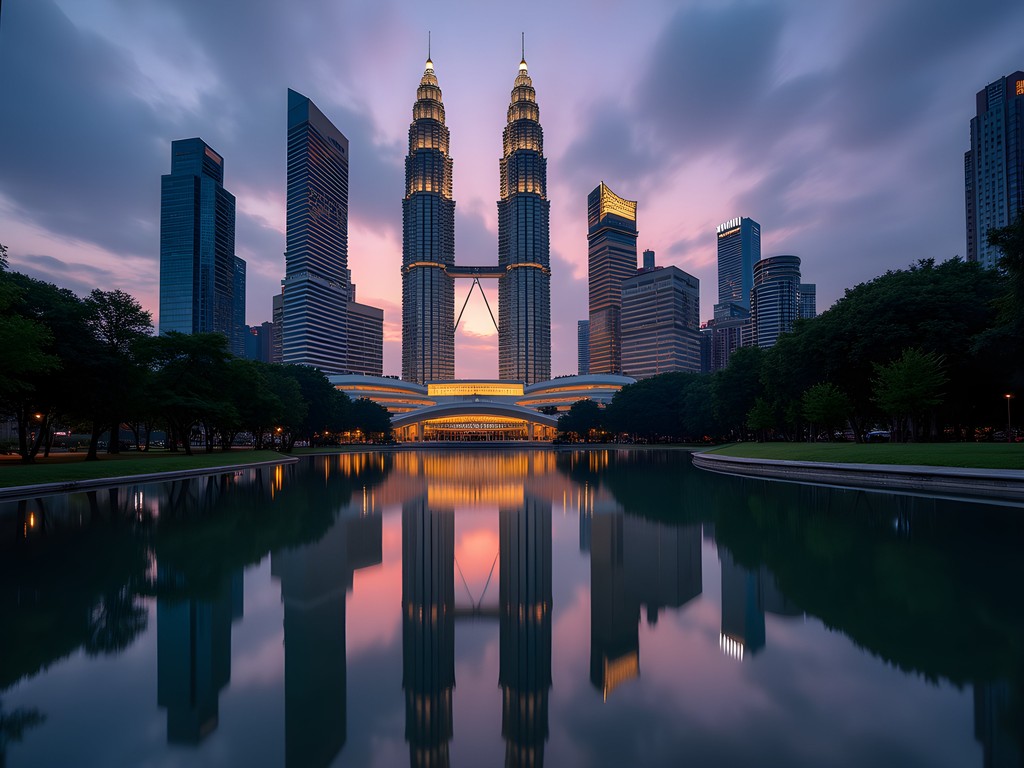
💡 Pro Tips
- Visit the Petronas Towers observation deck first thing in the morning (opening at 9am) to avoid crowds in your shots
- Bring a polarizing filter to reduce glare when photographing KL's many glass skyscrapers
- The Sky Bridge connecting the Petronas Towers offers unique perspectives, but tickets sell out—book online 2-3 days ahead
Cultural Enclaves: Where History Meets Vibrant Street Photography
Kuala Lumpur's cultural diversity creates rich visual storytelling opportunities in neighborhoods like Chinatown, Little India, and Kampung Baru. These areas offer authentic slices of daily life that contrast beautifully with the city's hyper-modern districts.
Petaling Street in Chinatown transforms completely between day and night. During daylight, focus on the detailed shophouse architecture and colorful merchandise. After sunset, the hanging red lanterns illuminate the market stalls, creating a moody atmosphere perfect for street photography. I found my low light prime lens invaluable here—its wide aperture allowed me to capture the vibrant night scenes without pushing my ISO too high.
Brickfields (Little India) explodes with color—from rainbow-painted buildings to flower garland vendors and sari shops. The saturated hues here are a photographer's dream, especially mid-morning when the light is soft but bright. Sri Mahamariamman Temple offers incredible detail shots of its ornate gopuram (entrance tower), but remember to remove shoes and request permission before photographing inside religious sites.
For an authentic glimpse of traditional Malay life, Kampung Baru provides a fascinating juxtaposition—wooden stilt houses standing in the shadow of the Petronas Towers. This neighborhood feels frozen in time yet exists right beside ultramodern development. Visit the Saturday night market for compelling documentary-style opportunities capturing local food culture.

💡 Pro Tips
- Use a 35mm or 50mm prime lens in markets for better low-light performance and to avoid intimidating subjects with a large zoom lens
- Ask permission before taking close-up photos of people, especially in religious areas
- Visit Brickfields between 10am-2pm when colors are most vibrant but shadows aren't harsh
Urban Exploration: Street Art and Hidden Gems
Beyond the postcard landmarks, Kuala Lumpur harbors photogenic secrets in its urban fabric. The street art scene has exploded in recent years, particularly in neighborhoods undergoing creative revitalization.
River of Life project along the Klang River offers stunning blue-lit waterscapes after dark. This urban renewal initiative transformed once-neglected waterways into photogenic promenades. For the best shots, position yourself on the Masjid Jamek bridge around 8:30pm when the illumination reaches peak intensity. I recommend bringing a compact travel tripod for these night scenes—the small footprint works perfectly on narrow walkways while providing the stability needed for longer exposures.
The back alleys of Jalan Alor and Changkat Bukit Bintang hide impressive murals between their famous food stalls. Unlike the more touristy street art in Penang, these works feel more authentic and less photographed. Early morning provides the best light and fewest obstructions for clean compositions.
For architectural photographers, the River Confluence (where the Gombak and Klang rivers meet) offers fascinating juxtapositions of colonial buildings, mosques, and modern structures. This area represents the literal and symbolic birthplace of Kuala Lumpur—kuala meaning confluence and lumpur meaning mud in Malay. The late afternoon light here creates beautiful contrasts between historical and contemporary elements.

💡 Pro Tips
- Use the Transit Art Gallery MRT stations to find unexpected photo opportunities—Merdeka station features incredible batik-inspired designs
- Visit street art locations early morning (6-8am) to avoid cars parking in front of murals
- Bring a microfiber cloth in your pocket—KL's humidity can cause lens condensation when moving between air-conditioned buildings and outside
Urban Astronomy: Capturing Kuala Lumpur's Night Sky
As an astronomy enthusiast, finding dark skies in cities is always a challenge. While KL's light pollution limits deep-space photography, there are still creative ways to incorporate celestial elements into your urban photography.
The KL Forest Eco Park offers a unique vantage point where you can frame the illuminated city skyline with the canopy walkway's silhouetted trees in the foreground. On clear nights, you might capture a few stars above the Petronas Towers. I used my light pollution filter to help reduce the city glow and enhance what stars were visible.
For those serious about astrophotography, I recommend a day trip to Kuala Selangor Nature Park (about 1.5 hours from KL). Here, the reduced light pollution allows for more traditional night sky photography, particularly over the mangrove forests. My intervalometer was essential for capturing star trail sequences without having to manually time exposures.
Back in the city, the Ampang Look Out Point provides elevated views away from the brightest downtown lights. On exceptionally clear nights after rain (which helps reduce haze), you can capture the moon rising over the city skyline. This location requires a bit of planning with moon phase apps, but the results are worth it.
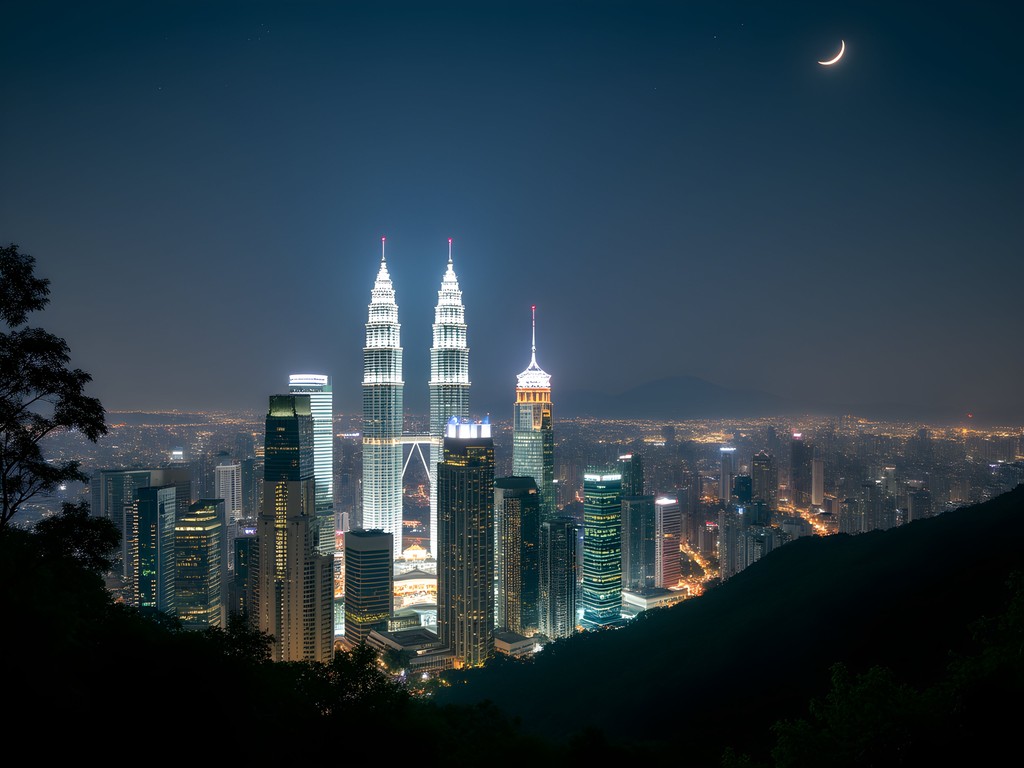
💡 Pro Tips
- Use apps like PhotoPills to plan moon alignment with city landmarks
- Set up at elevated locations at least 30 minutes before astronomical twilight ends to properly compose night shots
- Bring a red headlamp to preserve your night vision while adjusting camera settings
Hidden Bookstores and Record Shops: A Cultural Photographer's Paradise
My dual passions for bookstores and vinyl shops led me to discover some of KL's most photogenic cultural spaces. These locations offer rich visual textures and authentic cultural experiences away from the typical tourist trail.
Kinokuniya in KLCC provides dramatic leading lines with its towering bookshelves and geometric architecture. The science fiction section features a stunning spiral staircase that creates perfect framing opportunities. For the best shots without disrupting shoppers, I used my ultra-wide lens to capture the expansive interior spaces without needing to back up into walkways.
Buku Fixi in Jalan Petaling (Chinatown) offers a completely different aesthetic—this independent publisher specializes in contemporary Malaysian fiction with boldly designed covers that make for vibrant flat-lay compositions. The friendly staff were happy to let me photograph their colorful book displays when I asked permission.
For vinyl enthusiasts, Teenage Head Records in ZHONGSHAN Building is a photographer's dream with its moody lighting and carefully curated collection. The owner, a passionate music lover, allowed me to document the space after I purchased some local Malaysian psych rock releases. The warm tones and vintage equipment create a nostalgic atmosphere perfect for detail-oriented photography.
The most photogenic spot might be BookXcess at REX KL, housed in an old cinema. The dramatic spiral bookshelves and reading pods create architectural compositions that perform exceptionally well on Instagram. Visit on weekday mornings when the crowds are thinner for cleaner architectural shots.
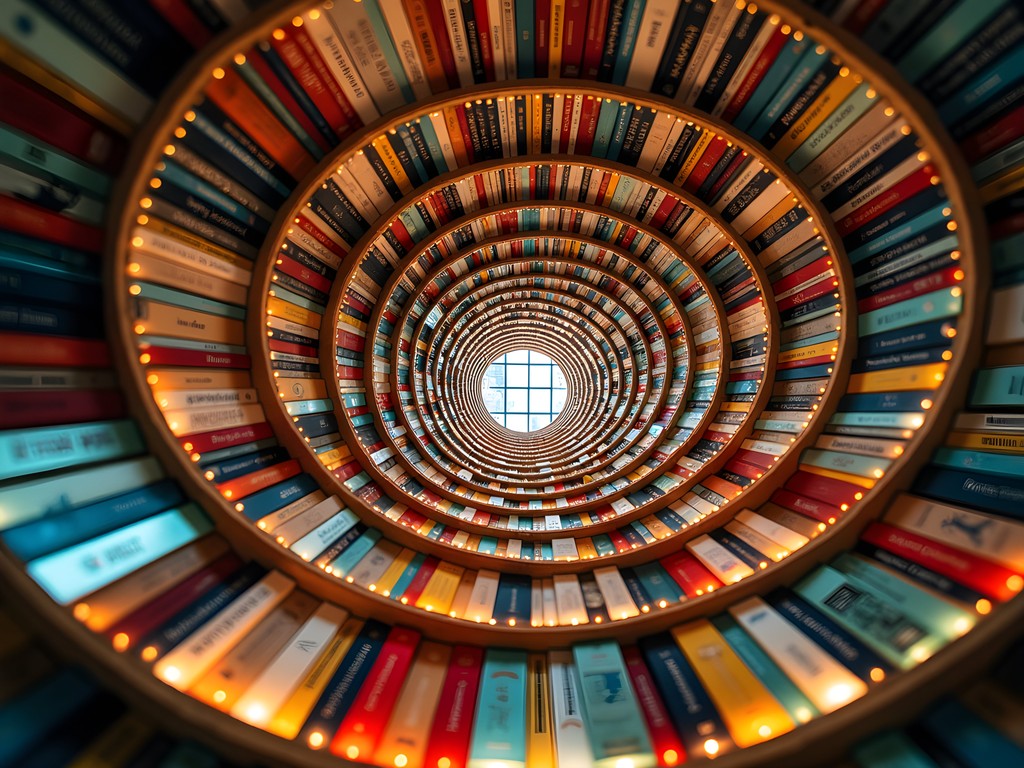
💡 Pro Tips
- Ask permission before photographing inside private businesses, especially when focusing on merchandise
- Use wide apertures (f/1.8-2.8) to create atmospheric depth in bookstore shots
- Incorporate human elements like hands browsing records or readers absorbed in books for scale and storytelling
Final Thoughts
Kuala Lumpur defies simple categorization through a camera lens—it's a city of perpetual contrast where the future and past engage in constant visual dialogue. As both an engineer and photographer, I found myself equally captivated by the structural brilliance of the Petronas Towers and the organic chaos of heritage neighborhoods like Kampung Baru. The 12 locations I've shared represent just the beginning of KL's photographic potential.
What makes this city special for photographers is its accessibility. Unlike many urban destinations, most of these spots can be reached via affordable public transport, making it ideal for budget-conscious creators. The tropical climate means year-round shooting opportunities, though I'd recommend planning indoor locations during afternoon downpours.
As I packed away my camera on my final evening, watching the sunset from the Heli Lounge Bar, I realized KL had changed my perspective—not just photographically but personally. In a city where Chinese temples stand beside mosques and colonial buildings, where traditional markets operate in the shadows of glass skyscrapers, there's a visual reminder that harmony exists in diversity. ¡Hasta la próxima, Kuala Lumpur! Until next time—bring extra memory cards, you'll need them.
✨ Key Takeaways
- Kuala Lumpur offers exceptional value for photographers with many free or low-cost shooting locations accessible via affordable public transport
- Early mornings (6-8am) provide the best light and fewest crowds at popular spots like Batu Caves and Thean Hou Temple
- Contrasting modern architecture with traditional neighborhoods creates the most compelling visual stories of KL
- Weather patterns are predictable—plan indoor shooting locations for the typical afternoon rain showers
- Always ask permission before photographing people up close, especially in religious sites and markets
📋 Practical Information
Best Time to Visit
year-round (March-May slightly drier)
Budget Estimate
$30-50/day excluding accommodation
Recommended Duration
5-7 days
Difficulty Level
Intermediate
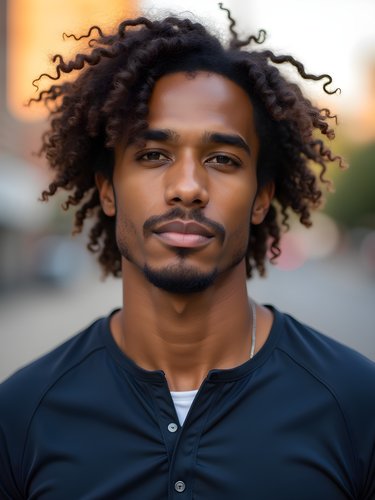
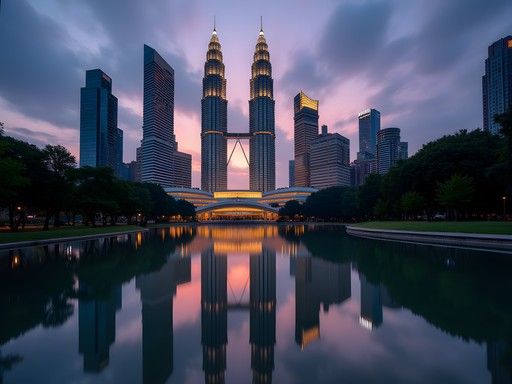

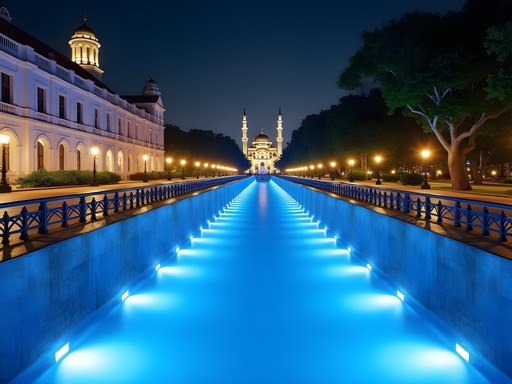

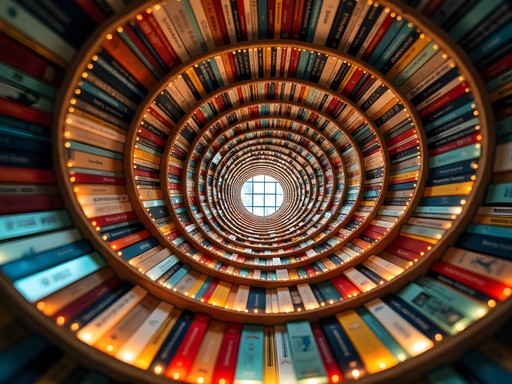


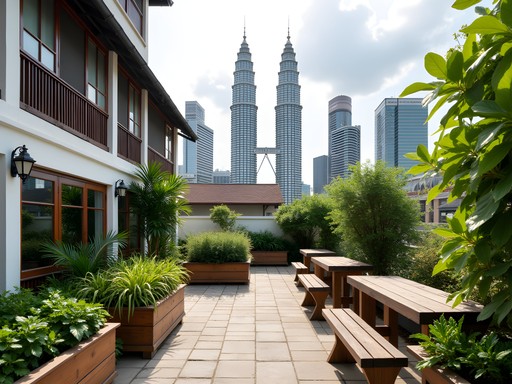
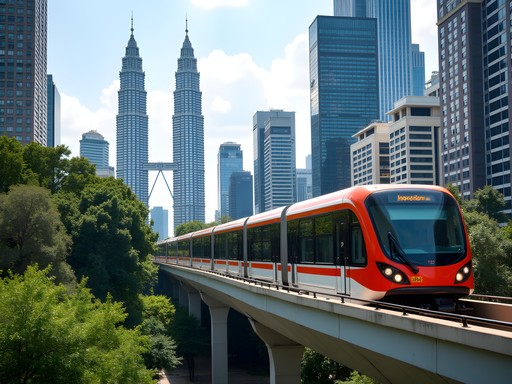
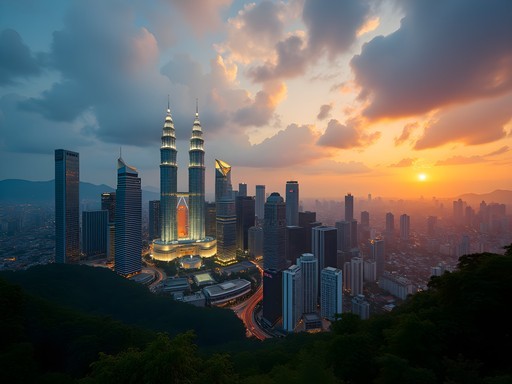
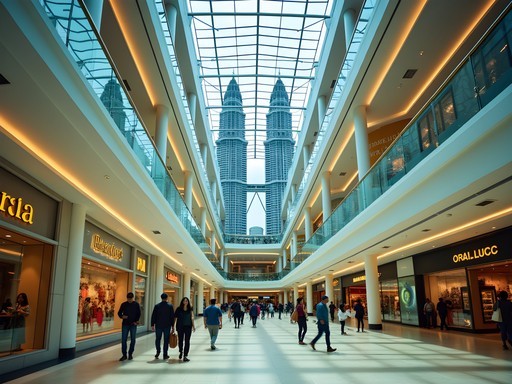
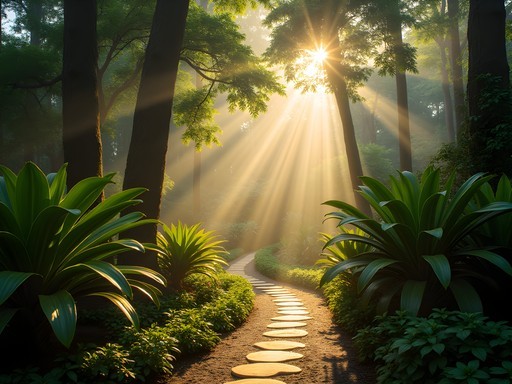



Comments
Gregory Boyd
Matthew, your section on Urban Astronomy particularly resonated with me. Despite the light pollution, I've found that shooting from the edges of Bukit Tunku offers surprisingly decent night sky opportunities when the weather cooperates. One technical note for those attempting similar shots: the high humidity in KL often creates a haze that can add an interesting diffused quality to night photography, especially around illuminated structures like the KL Tower. This effect can be either embraced as an aesthetic element or minimized in post-processing depending on your vision. I've documented this effect extensively in my 'Southeast Asian Metropolises at Night' series.
Matthew Black
Great insight about Bukit Tunku, Gregory! I'll have to check that spot out next time. And you're absolutely right about the humidity haze - I've found it creates that distinctive glow around lights that's so characteristic of tropical urban photography.
springmate
Is it safe to bring expensive camera gear around KL? Any areas to avoid?
Gregory Boyd
I've been shooting in KL for years and never had issues with safety regarding my gear. Standard precautions apply - use a non-descript camera bag, be aware of your surroundings in crowded areas like Petaling Street, and don't leave equipment unattended. The city is generally quite photographer-friendly. Just watch out for sudden rain showers that can appear without warning!
nomadpro
Those night skyline shots are INSANE! Serious photography goals.
wanderlustking
Just used this guide on my trip last week and it was perfect! The street art in Kwai Chai Hong was exactly as you described - such vibrant colors and interesting shadows throughout the day. I'd add that early morning (around 7-8am) was great for shooting there with almost no people in my shots. The contrast between old shophouses and modern murals tells such a cool story about KL's evolution.
coolfan
Going to KL next month for the first time! What's the best time of day to photograph the Petronas Towers? And is it worth going up to the skybridge or better to shoot from a distance?
nomadpro
Not the author but blue hour (just after sunset) is magical for the Petronas Towers. The skybridge gives you interior perspective but for the iconic shot, KLCC Park has the best views!
coolfan
Thanks for the tip! Will definitely plan for blue hour shots then.
Douglas Bradley
Excellent curation of locations, Matthew. I visited KL for a photography assignment last year and found the juxtaposition of colonial architecture against ultra-modern skyscrapers particularly compelling from a compositional perspective. One location I'd add to your list is the Thean Hou Temple at sunset - the red lanterns create an incredible warm glow that contrasts beautifully with the blue hour sky. For anyone heading there, I'd recommend using a travel tripod as many of these locations require longer exposures, especially during golden hour.
wildexplorer
Just got back from KL last month and this post is SPOT ON! Those night shots from the Heli Lounge Bar are incredible - totally worth the drink prices just for that view. I spent hours in Batu Caves trying to get the perfect shot of those colorful stairs with the right lighting. Matthew, did you find the humidity affected your gear at all? My lens kept fogging up every time I went from air-conditioned spaces to outdoors!
Matthew Black
Thanks @wildexplorer! The humidity is definitely a challenge. I kept my gear in a sealed bag with silica packets when not shooting, and let everything gradually adjust to the outside temperature before taking it out. Saved me from constant lens fog!
wildexplorer
Smart move with the silica packets! Will definitely try that next time.
Hunter Thompson
Mate! This guide is exactly what I needed before my KL trip next month. I've been to Malaysia twice but never spent proper time in KL with my camera. That section on Urban Exploration is gold - I'm definitely hitting up those street art spots in Jalan Alor. Did you find the locals pretty chill about being photographed? Some places I've been get weird about street photography. Also, any recommendations for rooftop spots that aren't super pricey to get those epic skyline shots? Cheers from Newcastle!
Matthew Black
Hey Hunter! The locals were generally cool with photos, but I always try to ask first with a smile and gesture to my camera. For affordable rooftops, check out Heli Lounge Bar - you just pay for a drink and can access their helipad for amazing 360° views. Much cheaper than the observation decks!
Hunter Thompson
Heli Lounge Bar sounds perfect! Adding it to my list. Thanks for the tip!
wintermaster
Great post! Did you need any special permits to photograph in the temples?
Matthew Black
No special permits needed for the main temples! Just be respectful and follow any posted rules about flash photography. At Thean Hou they sometimes have private events where photography might be restricted in certain areas.
adventurenomad
Those night shots of the skyline are insane! 📸✨
Venture X
Premium card with 2X miles, $300 travel credit, Priority Pass